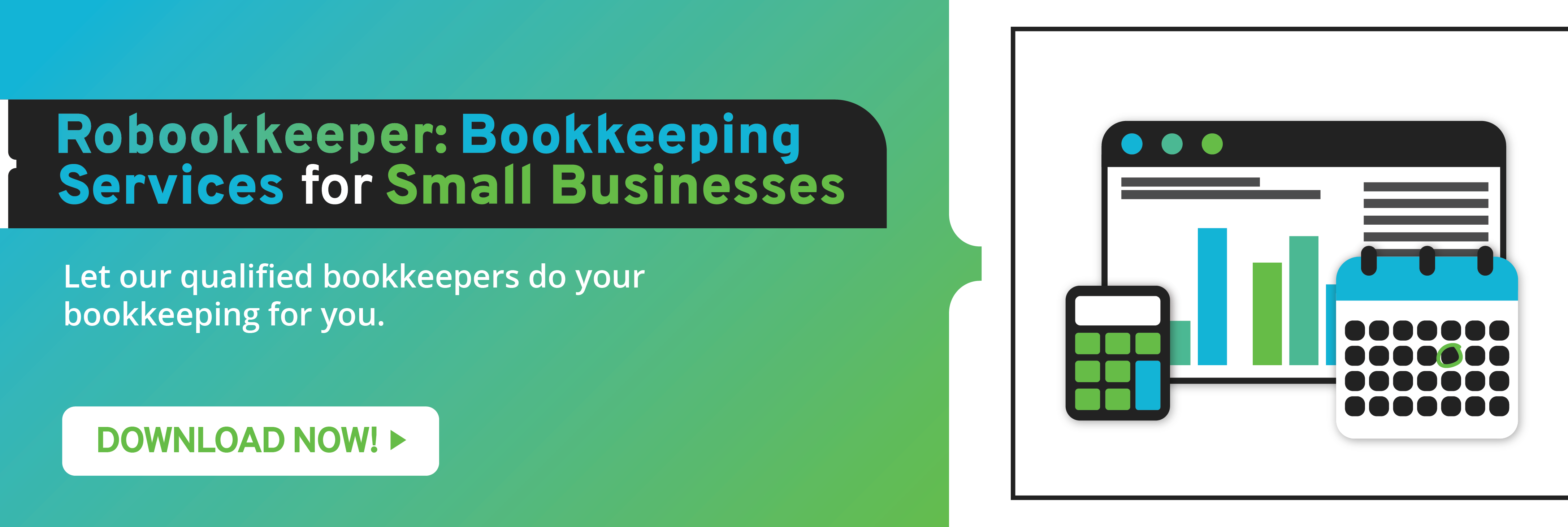Data has many uses for small businesses. It allows them to learn more about their audience and their purchasing behavior. It enables owners to craft a specific message that connects with their company’s target market and includes features that will delight them. Learning how to interpret and implement the analysis of data collected gives your small business a competitive advantage in your niche.
Here are ways you can use data for your customer experience strategy and implementation.
Don’t Assume
Some small businesses make sweeping assumptions after collecting data from their customers. However, these same people can change their minds about your products and services. Remain objective and let the data speak for itself. The shifts in consumer behavior can be temporary or long-term. Seek feedback from customers to always keep abreast of their needs and wants.
Harvest Data through Traffic
Treat traffic directed to your websites and social media accounts as a gold mine. There’s always an opportunity to learn more about your visitors, and onetime and repeat customers. Collect all sorts of data and group them together based on their similarities and your objectives. This approach enables you to truly understand the behavior of your target audience.
Quality Over Quantity
Your social media and website traffic are gold mines, but you should still place quality over quantity when it comes to data collection. Identify the types of data you should collect. Once you do so, you can sift through the data and determine which ones matter to your small business. This allows you to customize a marketing message and implement a focused campaign. This approach also enables your company to add or remove features that your customers like or don’t like.
Assess for All Platforms
Your customer experience strategy and data collection should be platform neutral. Determine the experiences of your customers when they use a laptop, desktop, or a mobile device. The experience of a customer varies depending on the type of device they use. A specific approach improves your conversion rate and customer satisfaction. Make sure your website’s pages load fast, content is easy to consume, and that all links are working.
Focus on the Big Picture
The data you collect is just a piece of the puzzle. Keep your sights on your small business’ big picture goals. This enables you to determine which data is necessary to achieve your objectives. This also allows you to assign tasks that contribute to the success of a campaign. Correlate the data you collected across all platforms where your customers reached out to you. This allows you to determine their pain points and possible products or service improvements you can make.
Be Flexible
The market is fickle and unpredictable. Your products may no longer be as useful to your customers as they were a few years or just months ago. Invest in technology and research to be flexible whenever market demand shifts. Keep your cash flow positive so that you can redirect your resources when the need arises.
These customer experience strategy tips allow you to maximize the data you get from your customers. Data can make or break your growing company. Learn how to use and interpret it to improve brand perception.
We at Robookkeeper can provide you with first-rate accounting services for small business owners. We have a team of experienced virtual bookkeepers that can do your bookkeeping for you.



